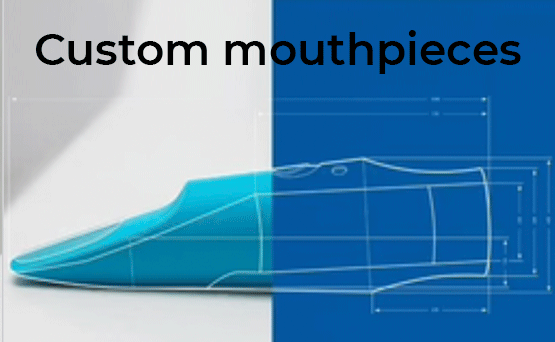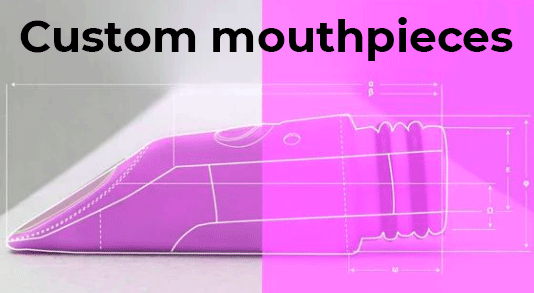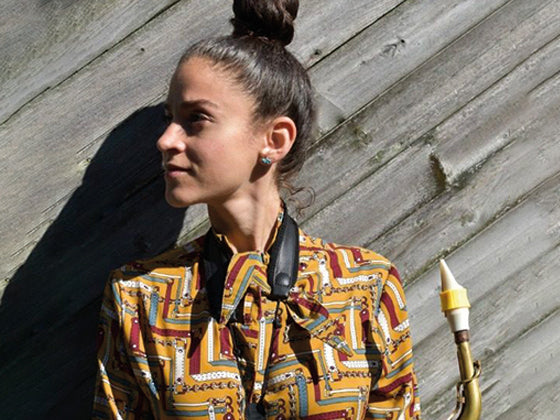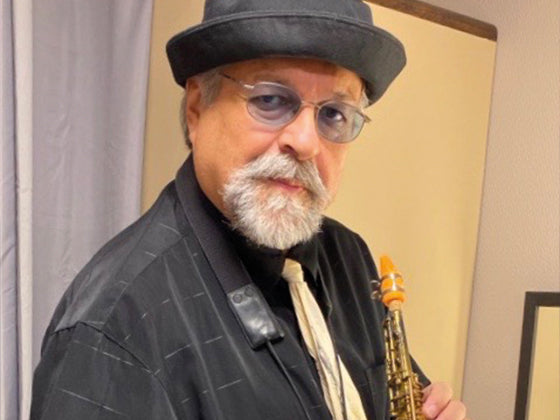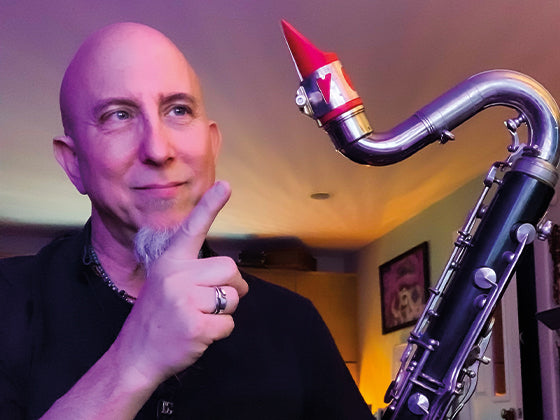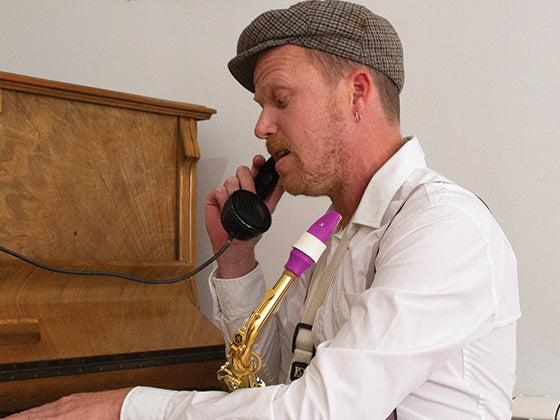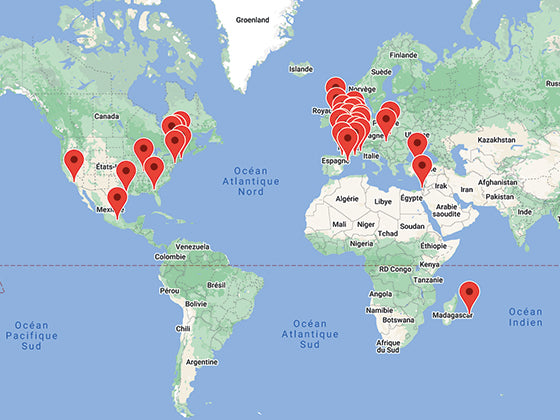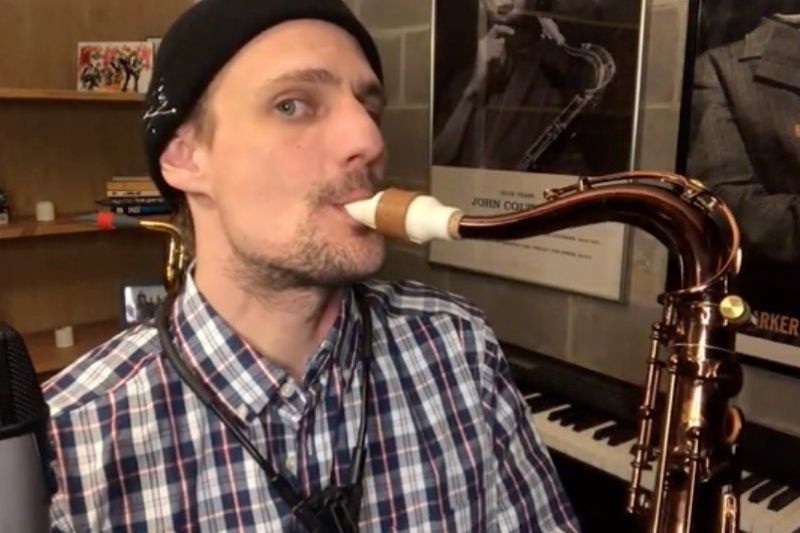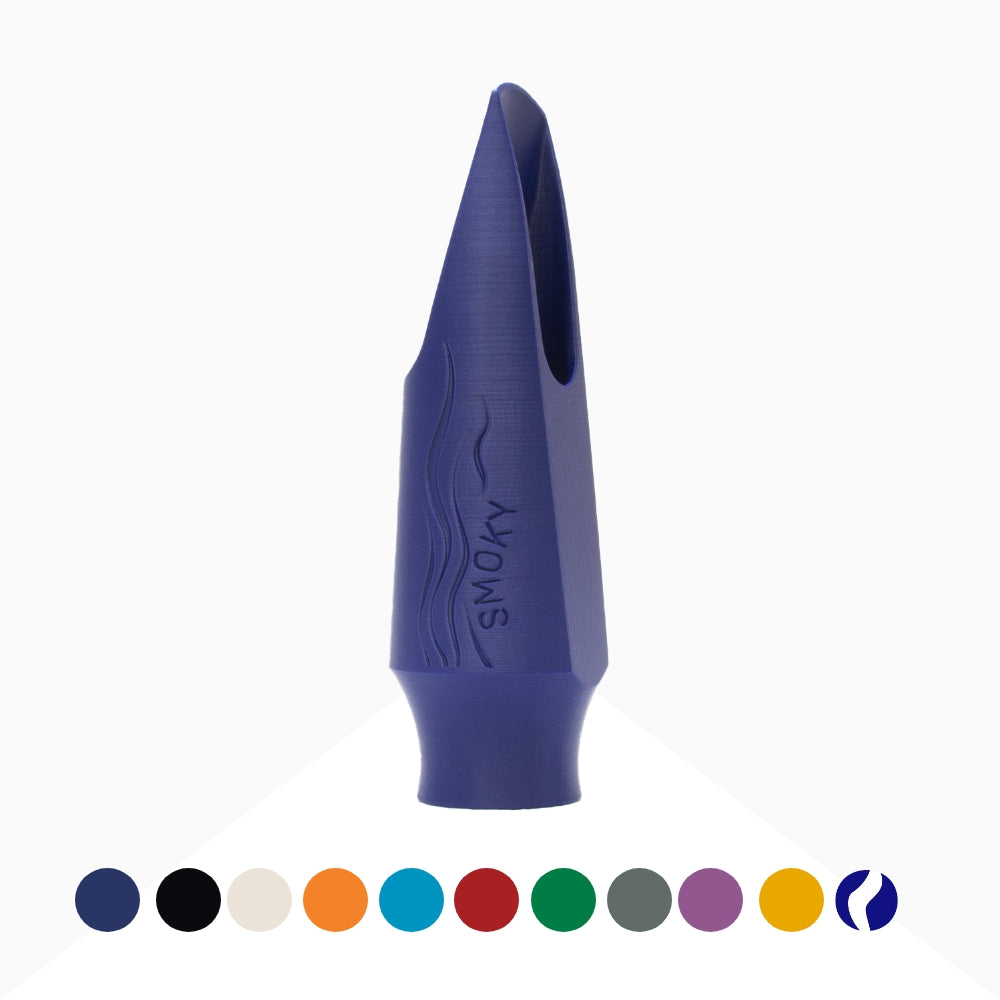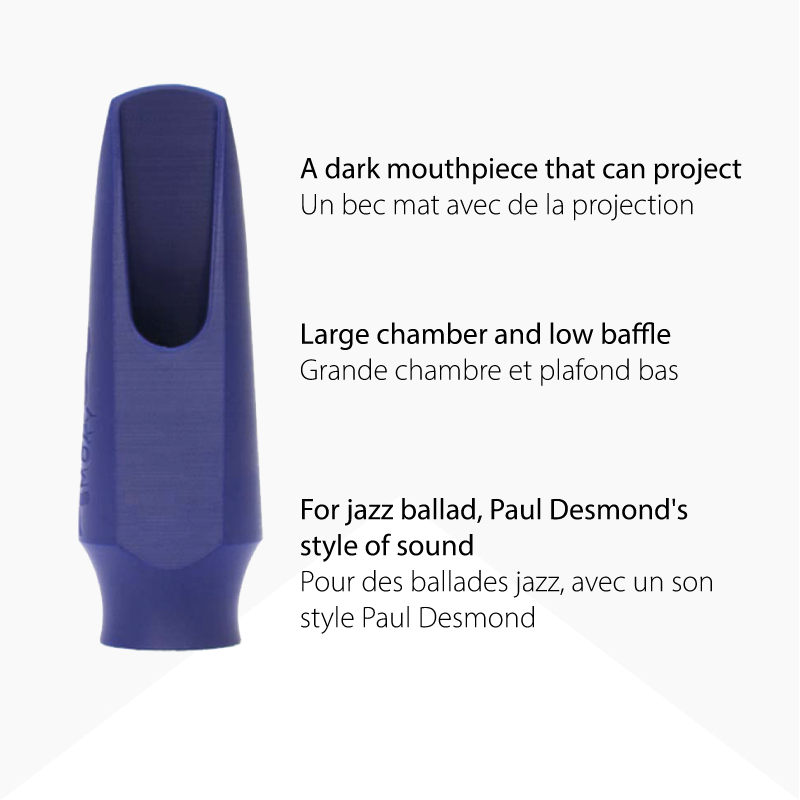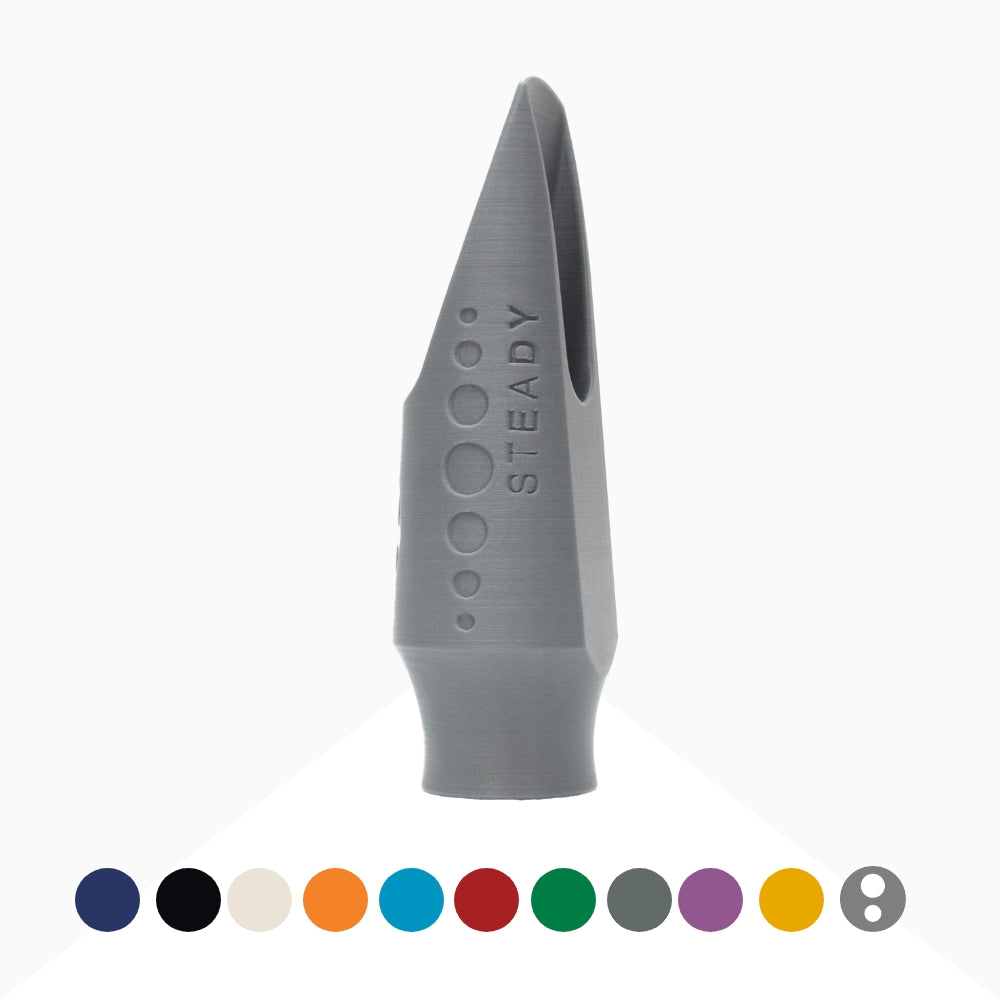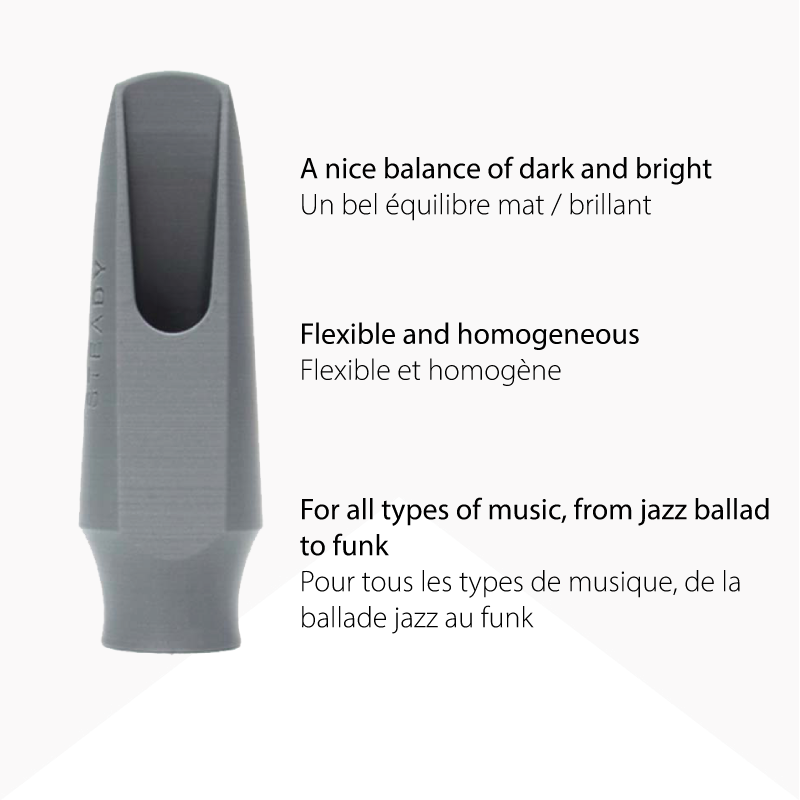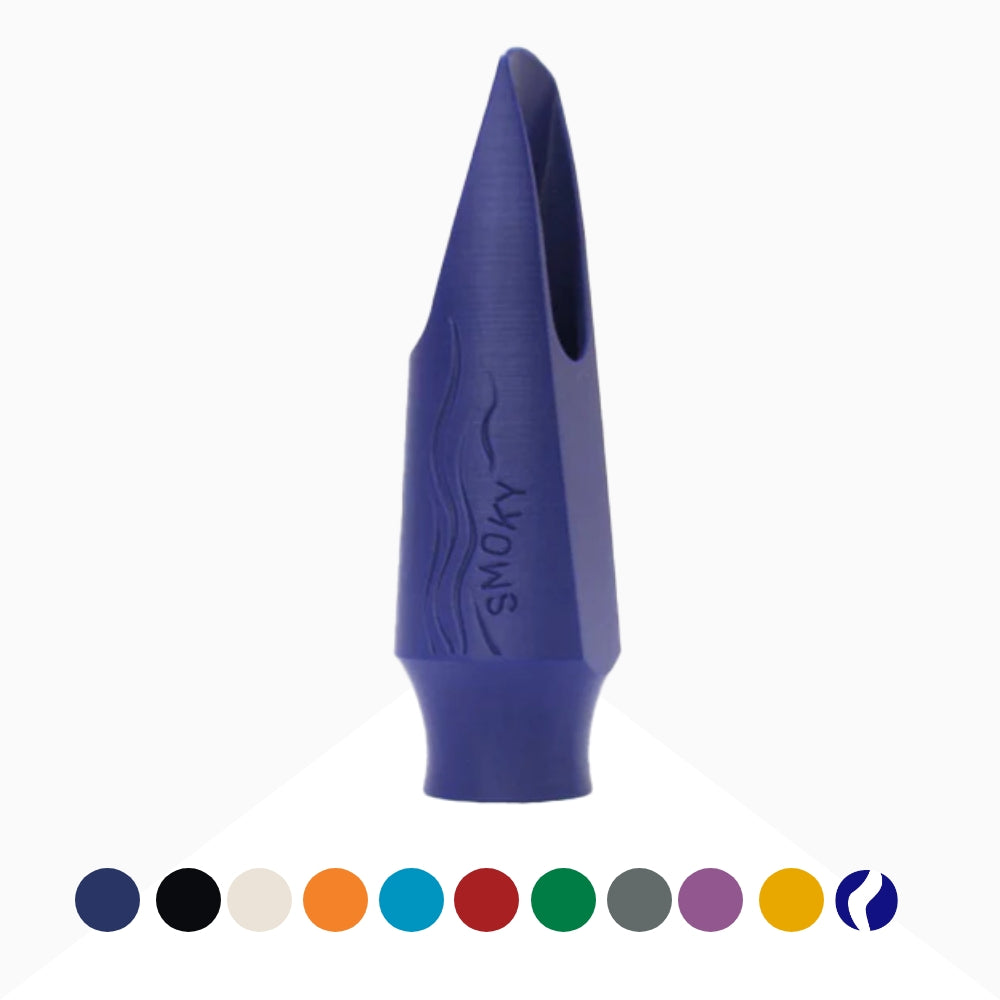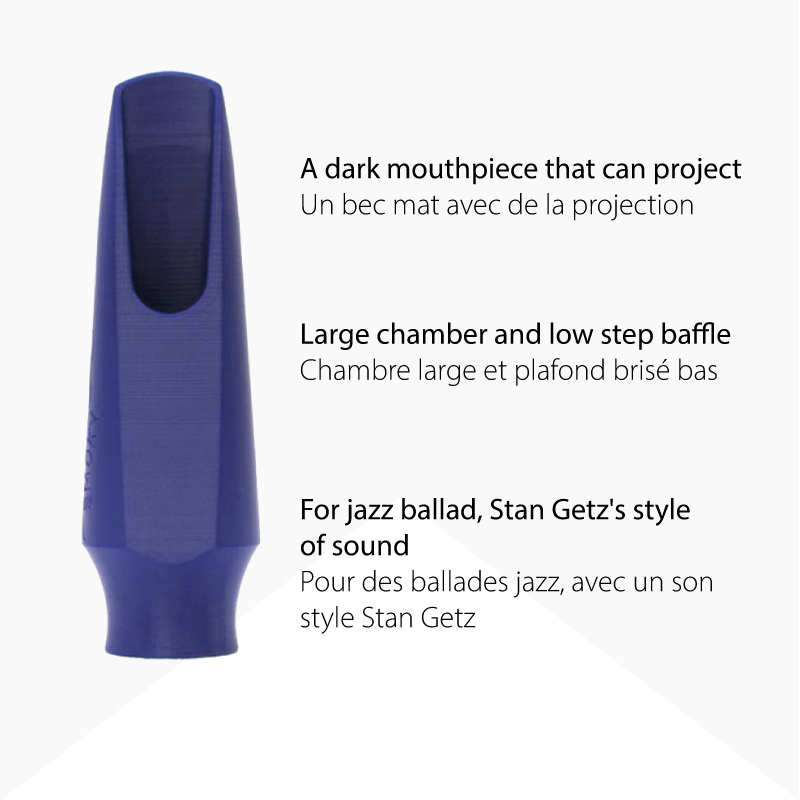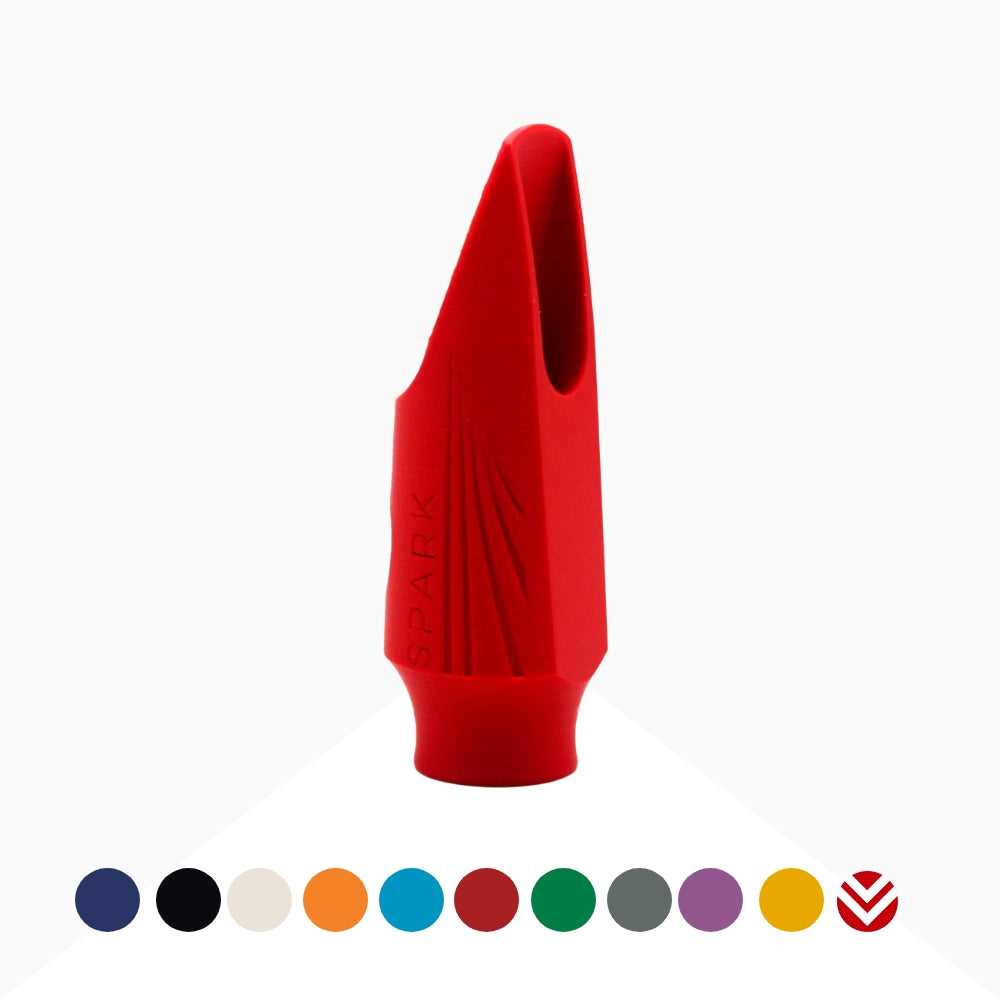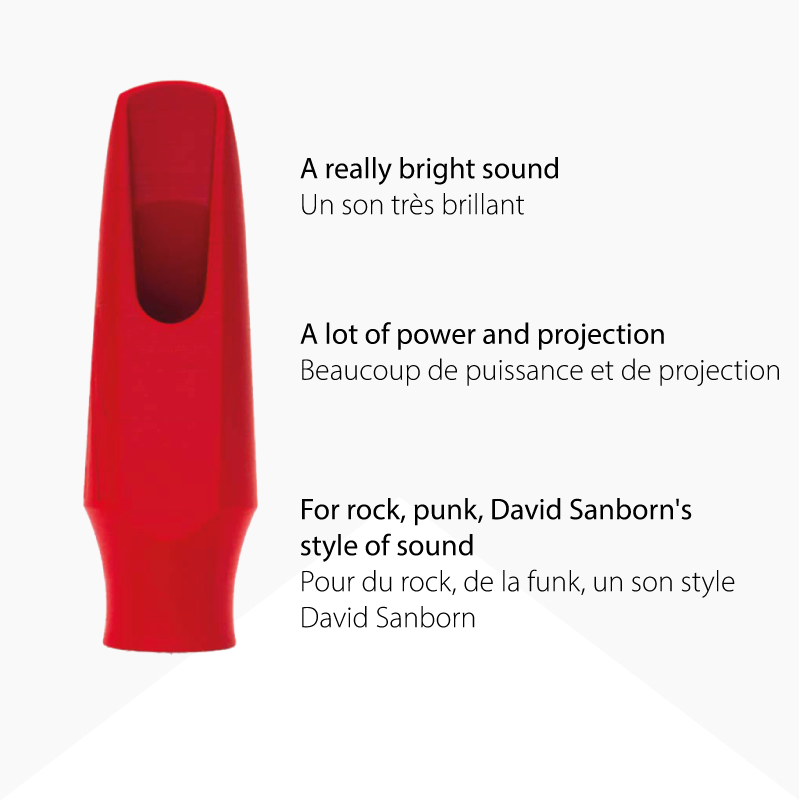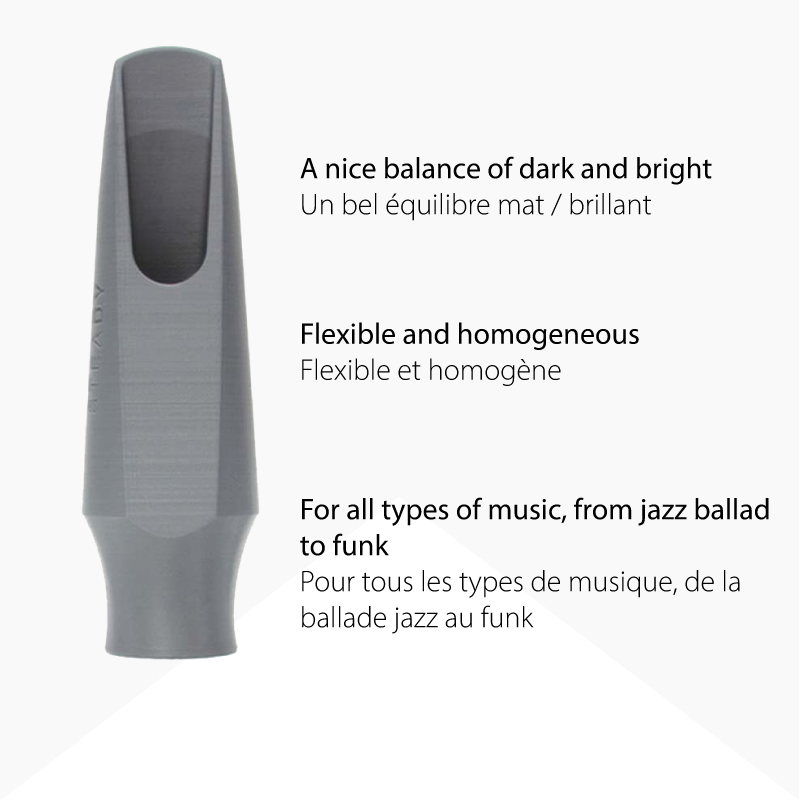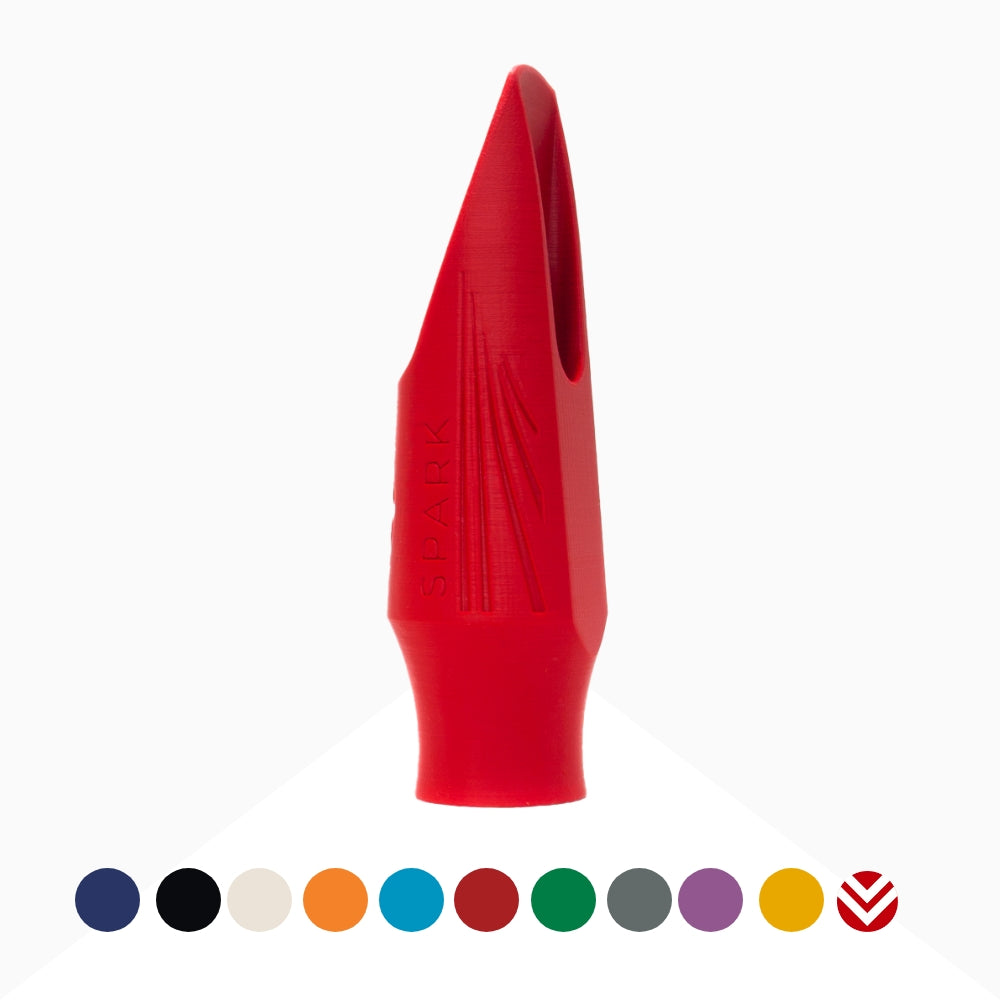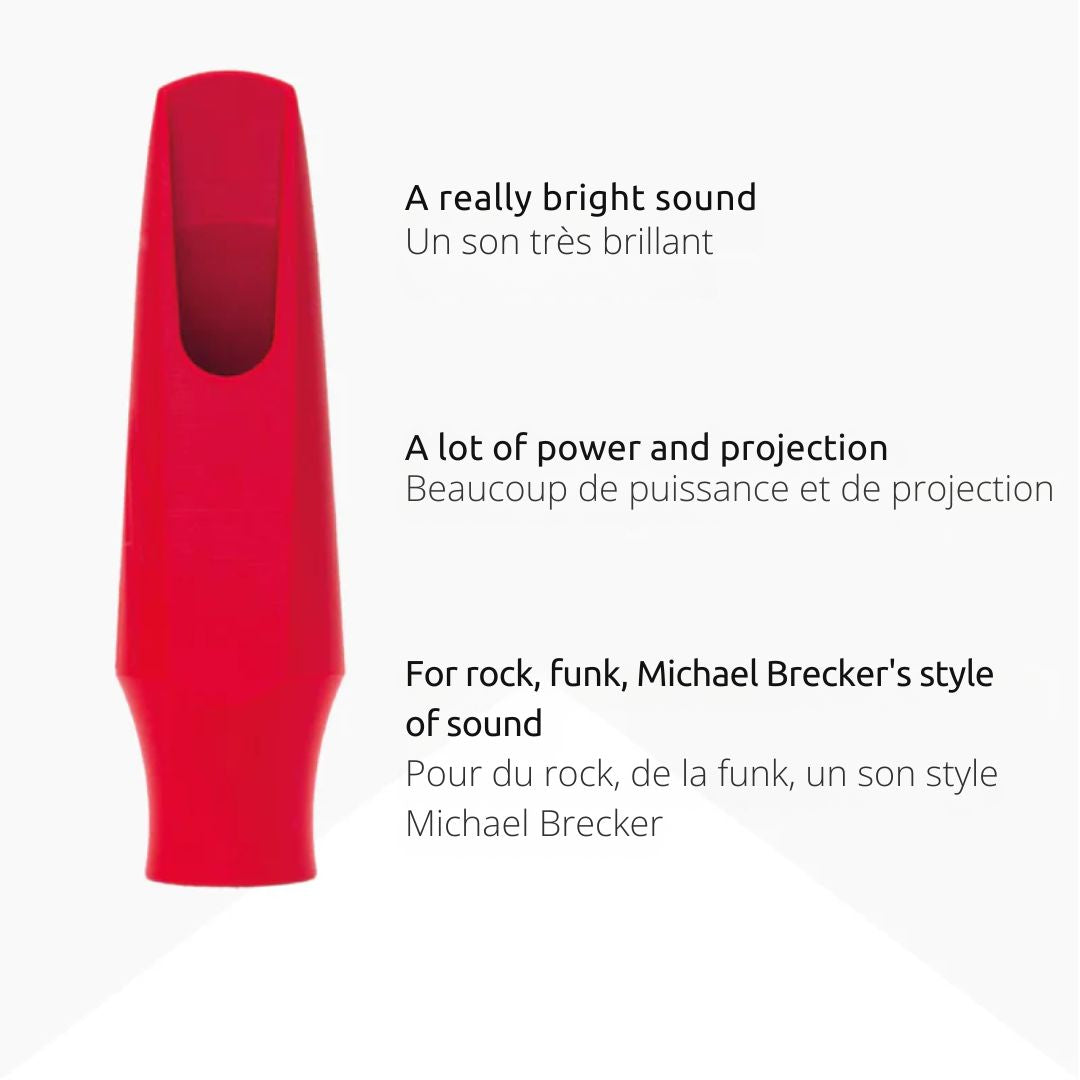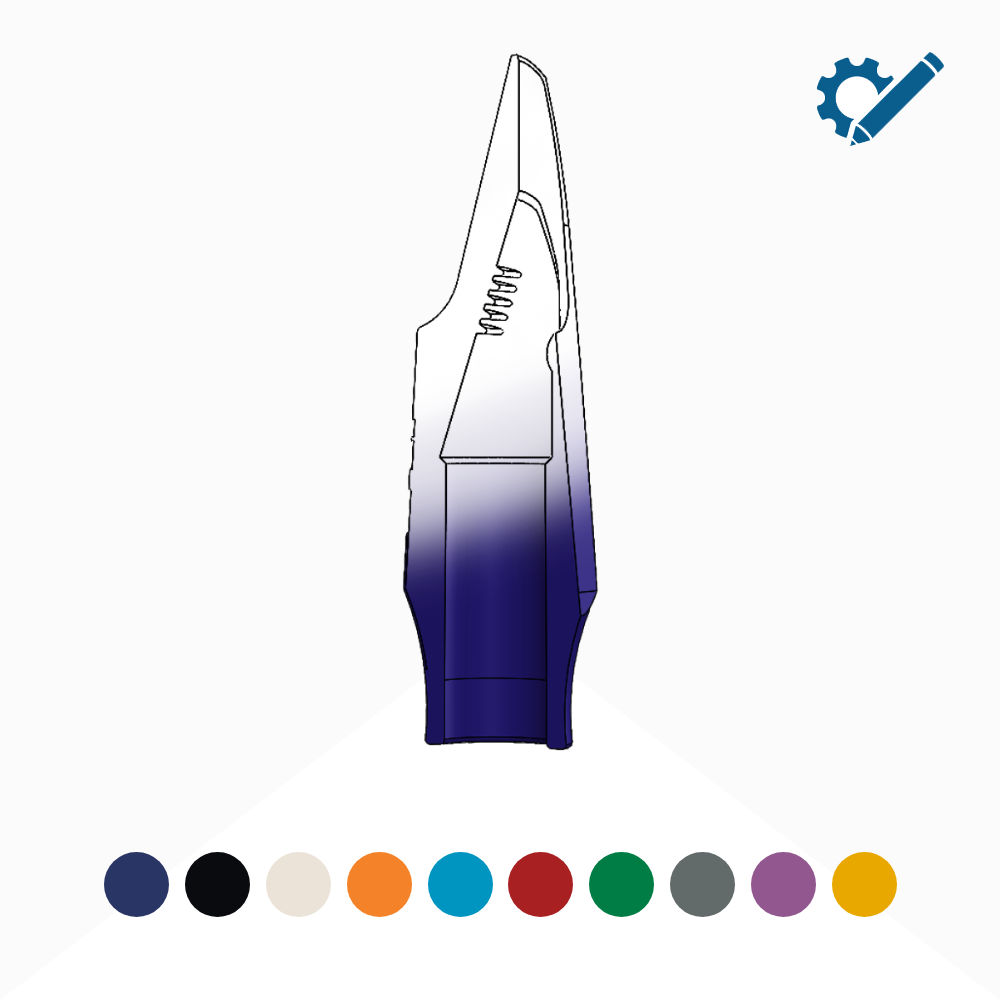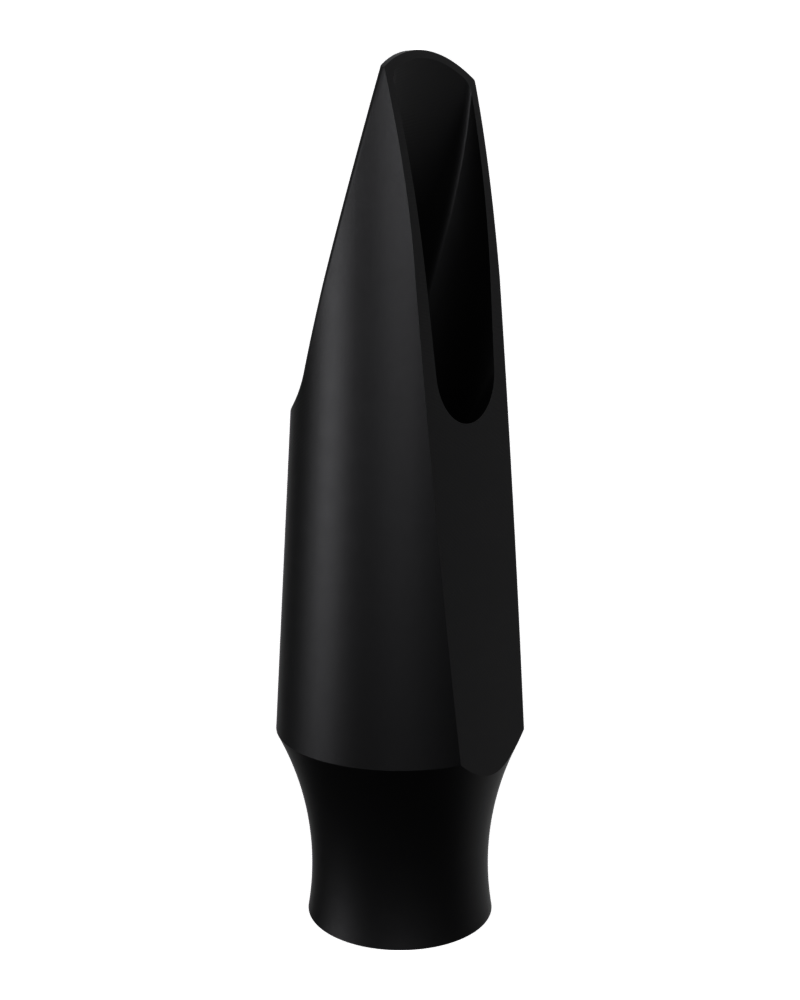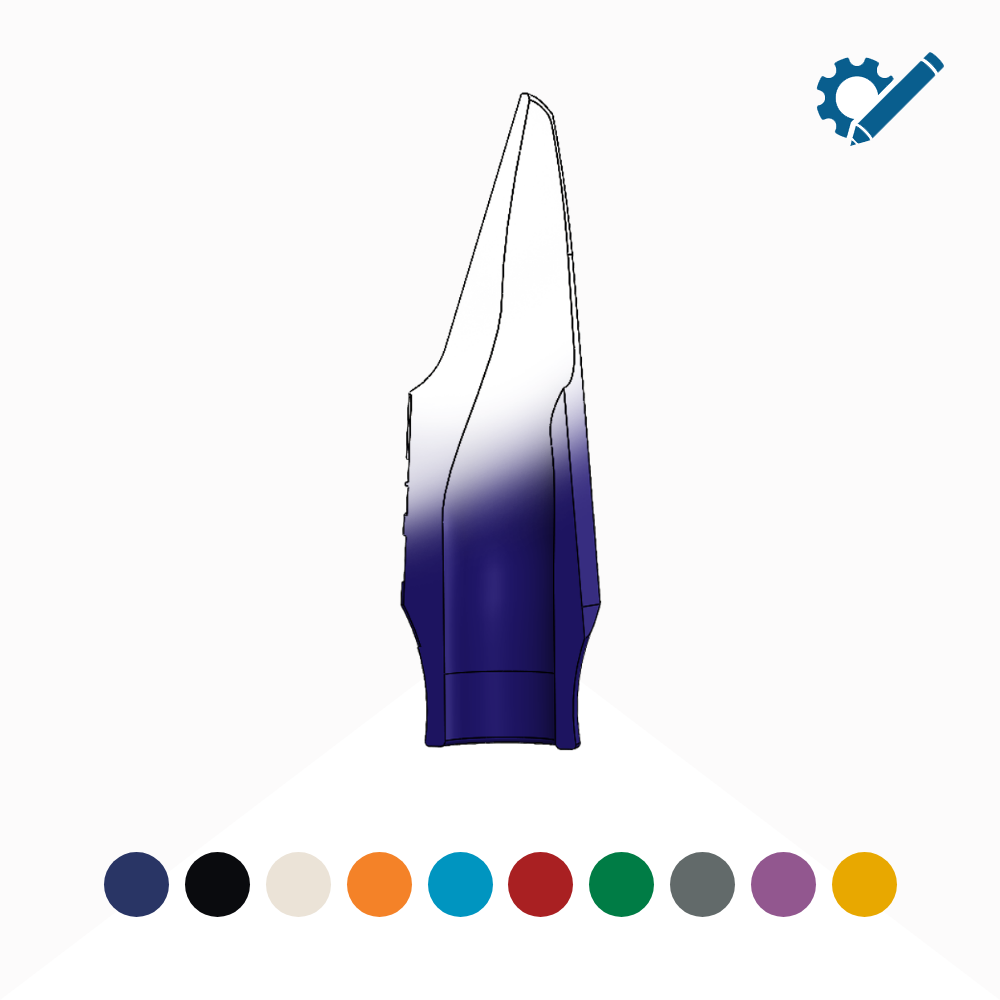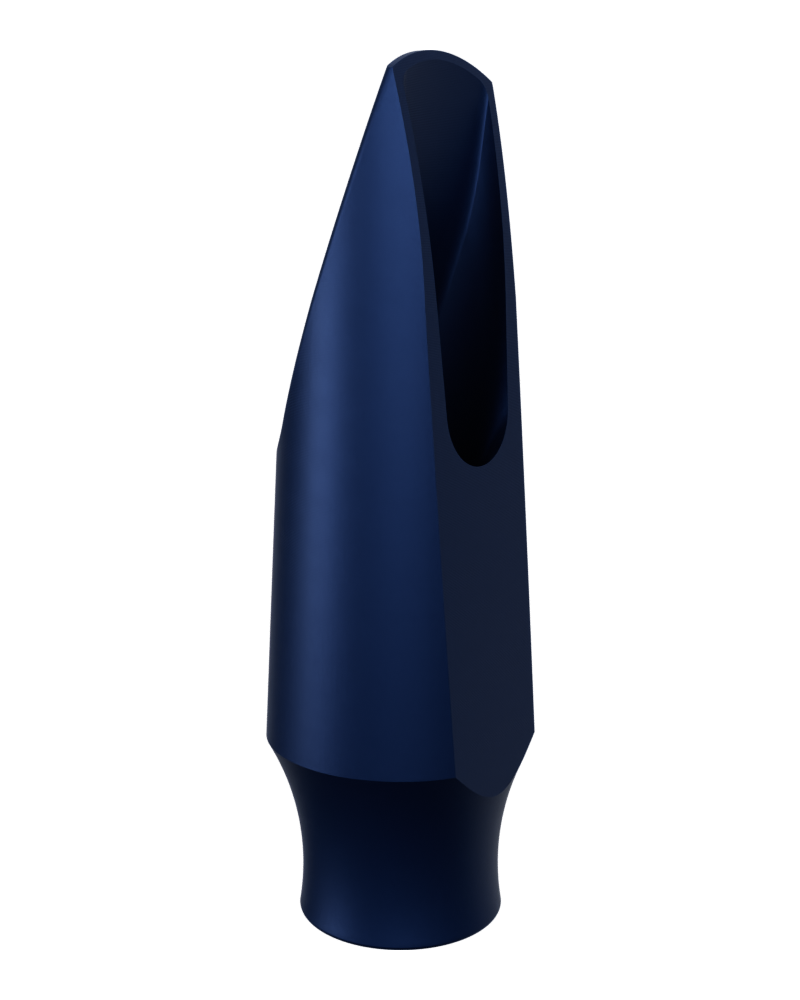One of the question I hear a lot is: "How can we play the altissimo more easily?". So we asked Steve Kortyka to make a small video to help you with improving your altissimo register on the saxophone.
I hope you enjoyed the video!
Two main things to remember when you want to play an altissimo note:
- Take a little more mouthpiece in your mouth than you usually do and put a little more pressure on your reed
- Raise your throat.
On the mouthpiece, two main parameters also help to have a better access to the altissimo:
- A small chamber: The small chamber gives a more centered sound but it also helps to get the altissimo register more easily. You can find small chambers on dark mouthpieces like Tivon Pennicott's or Max Ionata's signature mouthpieces, and also on bright mouthpieces such as Scott Paddock's or Saxologic's signature mouthpieces.
- A shorter facing. If you take two mouthpieces with the same tip opening, the one with the shorter facing will feel more open and the high register will be easier to get. You can find a shorter facing on Dayna Stephen's soprano mouthpiece, on Sarah Dunbar's alto mouthpiece, on Robert Martin's tenor mouthpiece and on Wenzl McGowen's baritone mouthpiece.
Here is a transcript of the video:
Hey, what's up? Syos, Ambassador Steve Kortyka here. I wanted to talk just a minute about how I play Altissimo notes, and the two first notes that I think everybody should learn, especially on the tenor sax.
The first note that I learned was the Altissimo A, and I play that using 2-3 on the left hand and 1-2-3 on the right hand. And there are really two things that you have to keep in mind for Altissimo notes. The first one is that you're going to want to take in just a tad more mouthpiece when you're going for your first Altissimo notes, and to put a little more pressure on the reed. It doesn't necessarily mean you need to bite down super hard, but if you're changing your intake of mouthpiece and pressing down a little bit more, that's going to help you get these notes out. The other thing that you want to do is raise your throat. So on this Altissimo A, if I were to just play it with the fingering as is, this sound would come out.
[Music]
Now, obviously, that's not an Altissimo note. That's not the sound that we want. So, the two things that I do when I play the Altissimo notes, I jump my jaw forward.
The other thing that I'm thinking about is in the back of my throat, I'm actually closing off the dimensions and making the airstream go in a different way. So instead of going "ooh," instead of being open, I raise the palate a little bit. Then you heard that other note was one squeak higher than an Altissimo note. So that's one thing to think about. If that note's not coming out, it's not the end of the world. It does take a little bit of time to develop the amateur muscles and just the awareness of how to get that note out within your structure.
So, another note that's really great and a little bit easier actually to get out is the Altissimo G. The only thing you have to do is on tenor, you finger front F, and then you lift up the C key, and G should pop right out. It might not stay out when you play it the first couple of times, but that can get you in the Altissimo groove, in the Altissimo ballpark, and then you can start experimenting with just trying to hold the note and get the feel for how Altissimo notes feel. So that's going to sound like this.
[Music]
Hopefully, some of this information helps you get your Altissimo notes out. If this is new information to you and you haven't played Altissimo before, and you're still not getting it out, it's not a big deal. It took me years to play my first Altissimo note, but over time, you'll get it. And as long as you just keep trying and working on it, it'll eventually happen, and you'll be playing your first note before you even know it. Thanks for watching. See you around.

